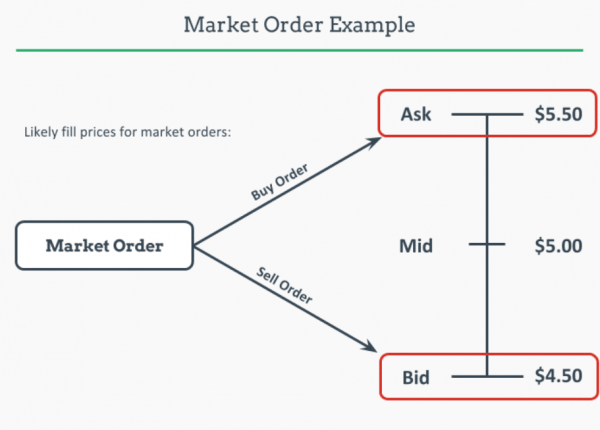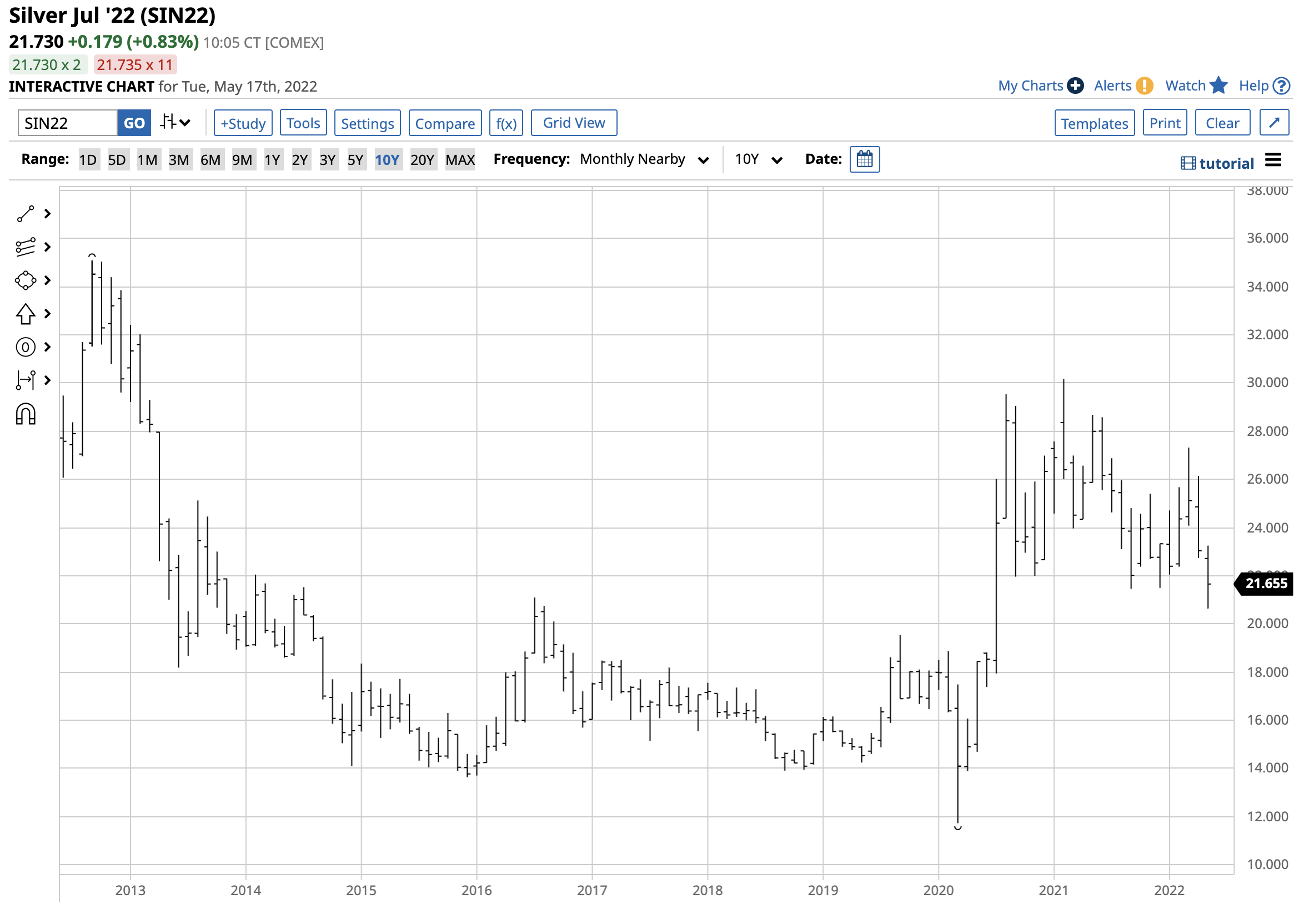
If you're new to Forex trading, you may be wondering: What is scalping, and is it a good idea? Forex scalping is a type of trading that relies on making small profits. This type of trading is different than other types of trading because it involves trading small amounts of money and very little profit. Scalping is not right for everyone. If you are serious about earning consistent income trading, then you need to learn how to trade with both Day-trading and High-frequency strategies.
High-frequency trading
High-frequency scalping is a trading technique that takes advantage of small price differences in the foreign exchange markets. Limit orders must be placed at a thin distance above or below the current price. Profit comes from the difference of quotations. High-frequency scalpers are able to make a lot with very little capital. High-frequency trading has the disadvantage that it takes a lot of time and knowledge.

Day trading
Before you decide whether you want to scalp or day trade forex, it is important to understand the basics and choose which style you prefer. The difference between the two is the time frame used by day traders. Day traders trade for a shorter period of time than swing traders or position traders. Additionally, day traders do not hold positions overnight. Therefore, they have more time to analyze their trades before placing them. Here are some strategies to make forex trading profitable using scalping and/or day trading.
Follow the trends
There are two types of trading strategies in Forex: trend following and scalping. Both styles are active trading styles, and each one has its pros and cons. Scalping can involve making small trades but it can be dangerous due to the high transaction cost. It is also not recommended for those who are not disciplined or who do not want to risk a large portion of their account in a single transaction. This article will explain the pros and cons of each.
Trend following strategy
Successful trend following strategies for scalping forex involve placing frequent trades throughout each day, and seeking small gains during the most liquid periods. To be successful, you must use technical tools to identify market conditions and limit your losses. Although you can trade the forex market at any time, it is best to do so during periods of high volatility. Below, learn more about the strategy.

Range trading
While range trading has many advantages, there are also some drawbacks. Risk management is key to range trading. Once you have entered a position you must be able to exit it and walk away. It can be hard to predict market direction but practice will make it easier. It is easier to trade confidently once you have mastered the art of spotting a range. Setup is the most important part range trading.
FAQ
What is a Bond?
A bond agreement between two people where money is transferred to purchase goods or services. It is also known to be a contract.
A bond is typically written on paper and signed between the parties. This document contains information such as date, amount owed and interest rate.
A bond is used to cover risks, such as when a business goes bust or someone makes a mistake.
Bonds can often be combined with other loans such as mortgages. This means the borrower must repay the loan as well as any interest.
Bonds are also used to raise money for big projects like building roads, bridges, and hospitals.
A bond becomes due upon maturity. The bond owner is entitled to the principal plus any interest.
If a bond does not get paid back, then the lender loses its money.
Are stocks a marketable security?
Stock is an investment vehicle where you can buy shares of companies to make money. This is done by a brokerage, where you can purchase stocks or bonds.
You can also directly invest in individual stocks, or mutual funds. There are over 50,000 mutual funds options.
The key difference between these methods is how you make money. Direct investment allows you to earn income through dividends from the company. Stock trading is where you trade stocks or bonds to make profits.
Both of these cases are a purchase of ownership in a business. But, you can become a shareholder by purchasing a portion of a company. This allows you to receive dividends according to how much the company makes.
Stock trading offers two options: you can short-sell (borrow) shares of stock to try and get a lower price or you can stay long-term with the shares in hopes that the value will increase.
There are three types for stock trades. They are called, put and exchange-traded. Call and put options let you buy or sell any stock at a predetermined price and within a prescribed time. ETFs can be compared to mutual funds in that they do not own individual securities but instead track a set number of stocks.
Stock trading is very popular since it allows investors participate in the growth and management of companies without having to manage their day-today operations.
Stock trading can be a difficult job that requires extensive planning and study. However, it can bring you great returns if done well. This career path requires you to understand the basics of finance, accounting and economics.
What's the difference between marketable and non-marketable securities?
The key differences between the two are that non-marketable security have lower liquidity, lower trading volumes and higher transaction fees. Marketable securities, however, can be traded on an exchange and offer greater liquidity and trading volume. Because they trade 24/7, they offer better price discovery and liquidity. But, this is not the only exception. Some mutual funds, for example, are restricted to institutional investors only and cannot trade on the public markets.
Marketable securities are less risky than those that are not marketable. They generally have lower yields, and require greater initial capital deposits. Marketable securities tend to be safer and easier than non-marketable securities.
For example, a bond issued in large numbers is more likely to be repaid than a bond issued in small quantities. The reason is that the former is likely to have a strong balance sheet while the latter may not.
Because they are able to earn greater portfolio returns, investment firms prefer to hold marketable security.
Statistics
- "If all of your money's in one stock, you could potentially lose 50% of it overnight," Moore says. (nerdwallet.com)
- Ratchet down that 10% if you don't yet have a healthy emergency fund and 10% to 15% of your income funneled into a retirement savings account. (nerdwallet.com)
- The S&P 500 has grown about 10.5% per year since its establishment in the 1920s. (investopedia.com)
- Our focus on Main Street investors reflects the fact that American households own $38 trillion worth of equities, more than 59 percent of the U.S. equity market either directly or indirectly through mutual funds, retirement accounts, and other investments. (sec.gov)
External Links
How To
How to Open a Trading Account
Opening a brokerage account is the first step. There are many brokers out there, and they all offer different services. Some charge fees while others do not. Etrade (TD Ameritrade), Fidelity Schwab, Scottrade and Interactive Brokers are the most popular brokerages.
After opening your account, decide the type you want. One of these options should be chosen:
-
Individual Retirement Accounts (IRAs).
-
Roth Individual Retirement Accounts
-
401(k)s
-
403(b)s
-
SIMPLE IRAs
-
SEP IRAs
-
SIMPLE 401 (k)s
Each option offers different benefits. IRA accounts are more complicated than other options, but have more tax benefits. Roth IRAs allow investors deductions from their taxable income. However, they can't be used to withdraw funds. SIMPLE IRAs can be funded with employer matching funds. SEP IRAs work in the same way as SIMPLE IRAs. SIMPLE IRAs are very simple and easy to set up. They allow employees to contribute pre-tax dollars and receive matching contributions from employers.
You must decide how much you are willing to invest. This is known as your initial deposit. A majority of brokers will offer you a range depending on the return you desire. For example, you may be offered $5,000-$10,000 depending on your desired rate of return. The conservative end of the range is more risky, while the riskier end is more prudent.
After you've decided which type of account you want you will need to choose how much money to invest. You must invest a minimum amount with each broker. These minimums can differ between brokers so it is important to confirm with each one.
Once you have decided on the type of account you would like and how much money you wish to invest, it is time to choose a broker. You should look at the following factors before selecting a broker:
-
Fees - Make sure that the fee structure is transparent and reasonable. Many brokers will offer rebates or free trades as a way to hide their fees. However, some brokers raise their fees after you place your first order. Do not fall for any broker who promises extra fees.
-
Customer service - Find customer service representatives who have a good knowledge of their products and are able to quickly answer any questions.
-
Security - Select a broker with multi-signature technology for two-factor authentication.
-
Mobile apps – Check to see if the broker provides mobile apps that enable you to access your portfolio wherever you are using your smartphone.
-
Social media presence - Check to see if they have a active social media account. If they don’t, it may be time to move.
-
Technology - Does this broker use the most cutting-edge technology available? Is the trading platform simple to use? Are there any problems with the trading platform?
After choosing a broker you will need to sign up for an Account. Some brokers offer free trials. Other brokers charge a small fee for you to get started. After signing up, you'll need to confirm your email address, phone number, and password. Next, you'll need to confirm your email address, phone number, and password. You will then need to prove your identity.
Once verified, your new brokerage firm will begin sending you emails. These emails will contain important information about the account. It is crucial that you read them carefully. The emails will tell you which assets you are allowed to buy or sell, the types and associated fees. Also, keep track of any special promotions that your broker sends out. You might be eligible for contests, referral bonuses, or even free trades.
The next step is to create an online bank account. Opening an account online is normally done via a third-party website, such as TradeStation. Both sites are great for beginners. You will need to enter your full name, address and phone number in order to open an account. After this information has been submitted, you will be given an activation number. To log in to your account or complete the process, use this code.
You can now start investing once you have opened an account!